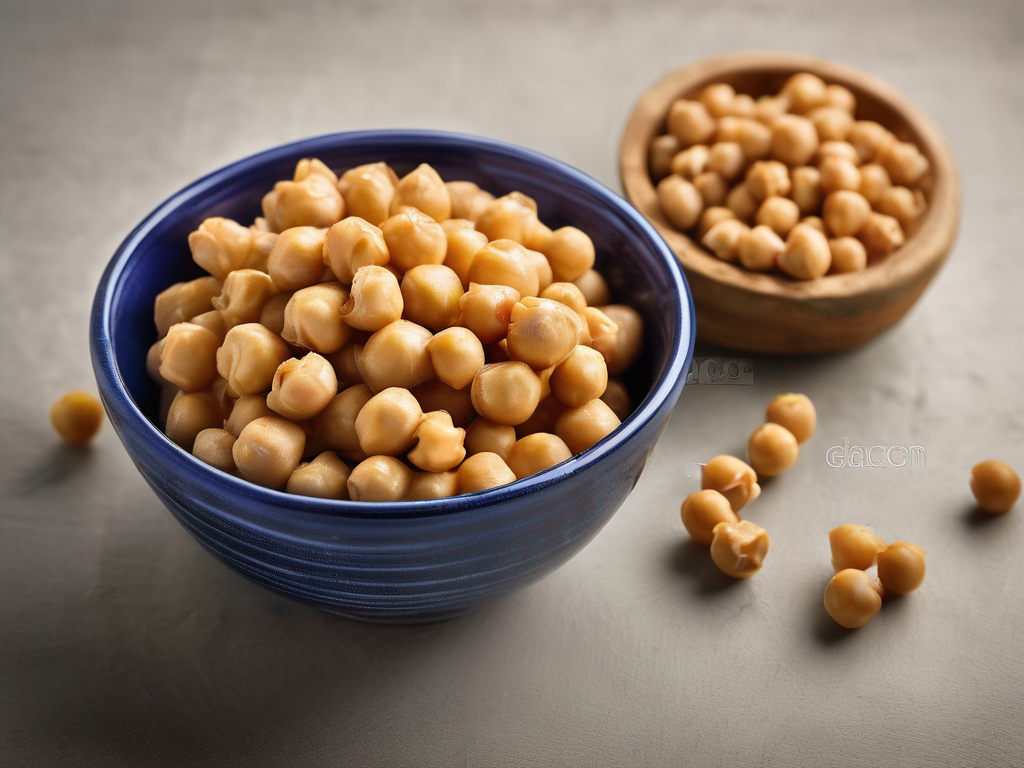
What to do with Chickpeas that have gone bad in the pantry
What to do with Chickpeas that have gone bad in the pantry
Chickpeas, also known as garbanzo beans, are a versatile and nutritious legume that can be used in a variety of dishes, from salads to soups to hummus. However, like any food item, chickpeas can go bad if not stored properly. In this blog post, we will discuss what to do if you find that your chickpeas have gone bad in the pantry. (Chickpea)
Signs that chickpeas have gone bad
Before we delve into what to do with bad chickpeas, let's first identify the signs that indicate they may have spoiled:
Visual cues:
- Mold or discoloration on the chickpeas
- Any signs of pest infestation
- Unusual texture or appearance
Smell:
- Foul or rancid odor coming from the chickpeas
Taste:
- Off or sour taste when cooked
If you notice any of these signs when inspecting your chickpeas, it's best to err on the side of caution and assume that they have gone bad.
Safety considerations when dealing with spoiled chickpeas
It's important to handle spoiled chickpeas with care to prevent any foodborne illnesses. Here are some safety considerations to keep in mind:
-
Avoid consuming spoiled chickpeas: Eating spoiled chickpeas can lead to food poisoning, so it's best to discard them.
-
Proper disposal: Seal the spoiled chickpeas in a plastic bag before throwing them away to prevent any potential contamination.
-
Clean and sanitize: Clean the pantry shelves where the spoiled chickpeas were stored to prevent the spread of any mold or bacteria.
What to do with spoiled chickpeas
If you've determined that your chickpeas have gone bad, here are some environmentally-friendly ways to dispose of them:
1. Compost them
- Chickpeas can be added to a compost pile as long as they are not heavily seasoned or mixed with other non-compostable items.
2. Feed them to animals
- Chickpeas can be given to backyard chickens or other animals as long as they are not moldy or rancid.
3. Use them as a natural cleaner
- Chickpeas can be mashed and used as a gentle abrasive cleaner for pots and pans.
4. Create a DIY face mask
- Chickpeas can be ground into a powder and mixed with water or other ingredients to create a natural face mask.
Conclusion
While finding that your chickpeas have gone bad in the pantry can be disappointing, it's important to prioritize food safety and proper disposal. By recognizing the signs of spoilage, following safety precautions, and exploring eco-friendly disposal methods, you can effectively manage and dispose of spoiled chickpeas in a responsible manner. Remember, when in doubt, it's always best to throw it out! (Chickpea)
Authoritative Food Safety References
These agencies and university labs inform every tip and health precaution we publish.
USDA FoodKeeper – Cold Storage Guidelines
Official refrigerator, freezer, and pantry timelines maintained by the U.S. Department of Agriculture.
Visit USDA FoodKeeperFDA Produce Safety Rule & Grower Guidance
Field-to-fridge handling practices that prevent contamination of fruits, vegetables, and leafy greens.
Visit FDA Produce SafetyCDC Foodborne Illness Prevention Hub
Surveillance-backed guidance on pathogens, symptoms, and steps to reduce foodborne illness risk.
Visit CDC Food SafetyUC Davis Postharvest Technology Center
University research detailing optimal storage atmospheres for produce after harvest.
Visit UC Davis PostharvestPenn State Extension – Home Food Preservation & Safety
Peer-reviewed extension bulletins on safe canning, chilling, and reheating practices.
Visit Penn State ExtensionScan your food directly and get instant safety info using our AI-powered camera feature.